The presentation of the book “44. Defeat” took place in Yerevan on February 14.
The centerpiece of this book is a summary article by Dr. Vicken Cheterian, a lecturer in history and international relations at the University of Geneva, based on interviews with military and political figures of Armenia and Artsakh, war participants and other people involved in the events.

Photo: Mediamax
The questions raised during the interviews were compiled by historian, expert in international relations, editor-in-chief at Civilnet Karen Harutyunyan. They were also published in the book.
The other co-author of the book, Doctor of Philosophy Ashot Voskanyan, spoke about the society crisis in the current situation.
“44. Defeat” also includes a detailed chronology of the war, authored by investigative journalist Mkrtich Karapetyan, and a map of military operations compiled by fact-checking and investigative journalist Hayk Hovhannisyan, who participated in the 2020 war.
The book was published with the financial support of the Calouste Gulbenkian Foundation.
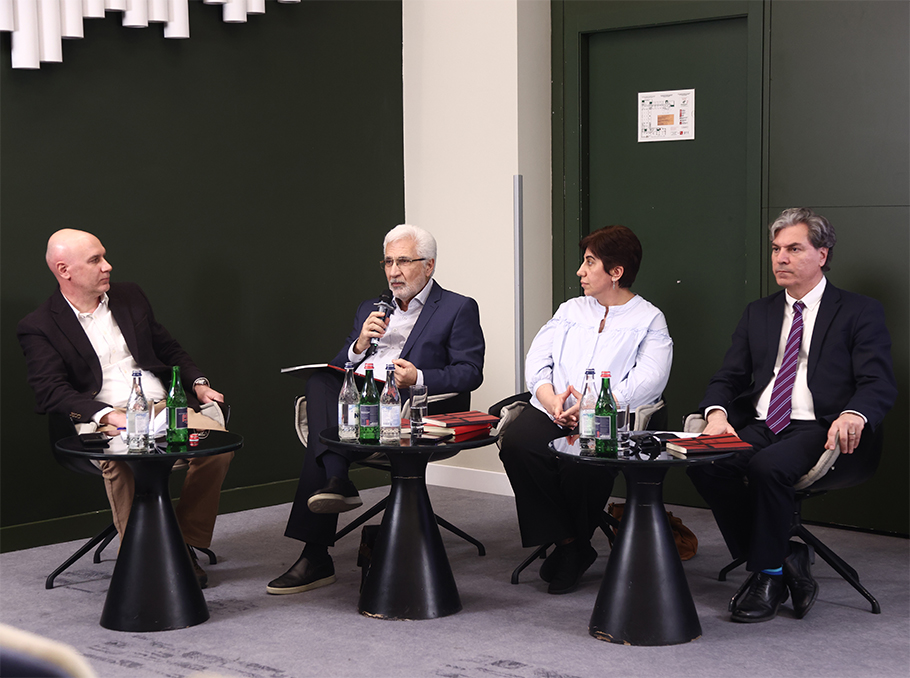 Karen Harutyunyan, Ashot Voskanyan, Siranush Dvoyan, Vicken Cheterian
Karen Harutyunyan, Ashot Voskanyan, Siranush Dvoyan, Vicken Cheterian““Where are we going?” is the project launched in early 2021, two months after the end of the Artsakh War. The book “44. Defeat” is part of this project,” said Razmik Panossian, the Director of the Armenian Communities Department of the Calouste Gulbenkian Foundation, joining the presentation via video conference.
“After the defeat, we had to think about the future, but to answer the above-mentioned question, first we had to answer the following: why did suffer a defeat? The first goal of this research is to understand what happened and why. The second goal is to learn historical lessons so that we do not lose even more,” said Razmik Panossian.
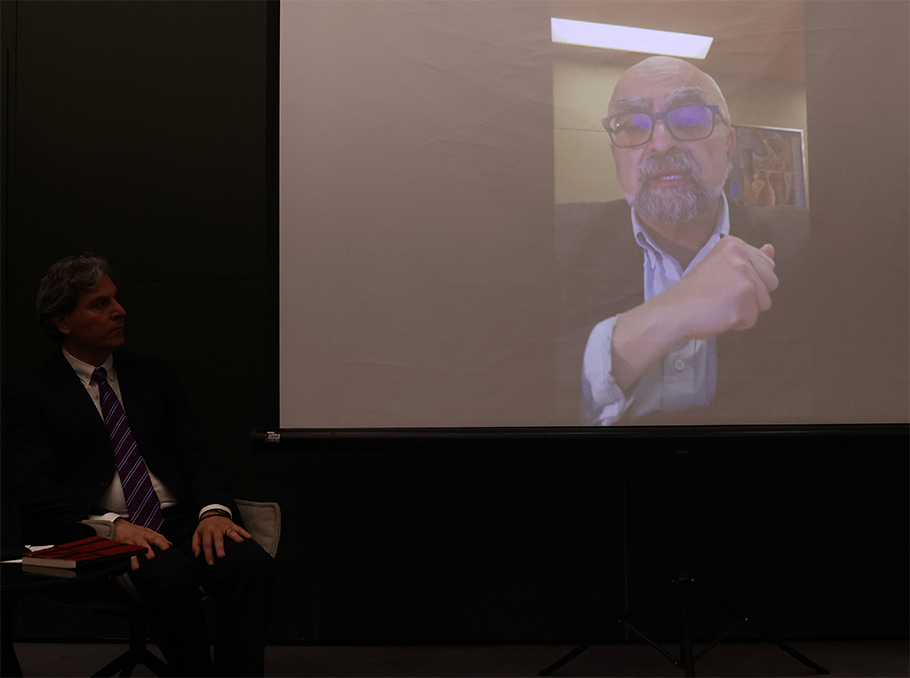 Razmik Panossian
Razmik PanossianPhoto: Mediamax
According to him, serious analysis should be carried out after such a disaster in the country.
“This little book is a step in that direction. The other two books set to be released within the program are more extensive. One will be published in the near future in Armenian, the second will be a condensed version of that extensive work in English.”
The book’s editor Siranush Dvoyan says that “44. Defeat” is an attempt to reflect on what happened to us.
“We need to understand what happened and do it without any bias.”
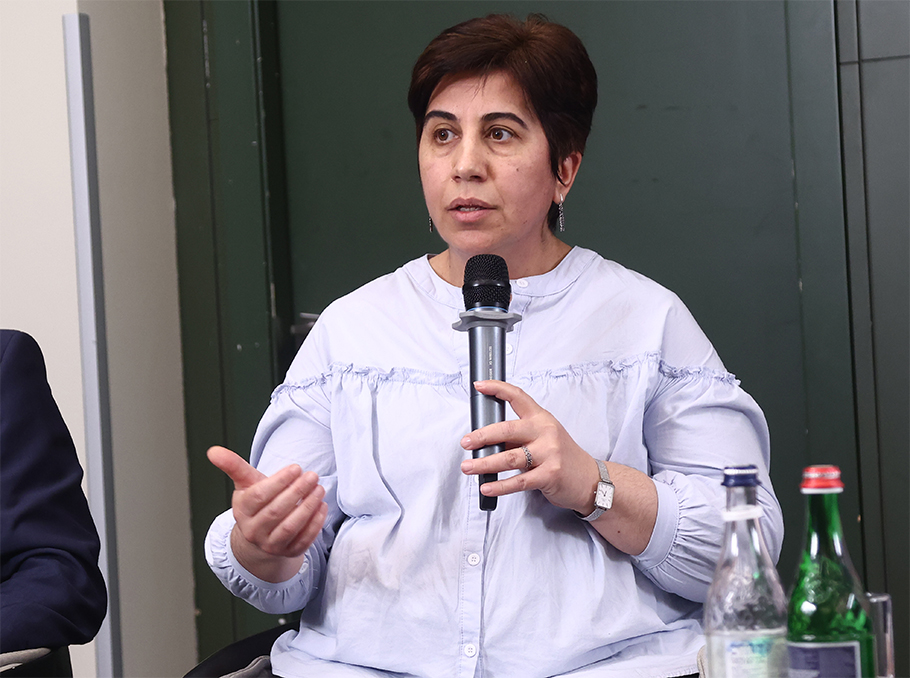 Siranush Dvoyan
Siranush DvoyanPhoto: Mediamax
Siranush Dvoyan says that the book solves this issue the following way:
“The book is based on Vicken Cheterian’s research, built on interviews with Armenian and Artsakh political and military figures and war participants in different years. This is how the key points were identified that relate not only to the military or political sphere, but also to our social structure. The other part of the book, authored by Ashot Voskanyan, where these very issues were raised, originates from here. The book also begins with a very important part written by Karen Harutyunyan, who helped Vicken draw up the questionnaire for the research, however it was very extensive and the remaining questions were published at the beginning of the book.”
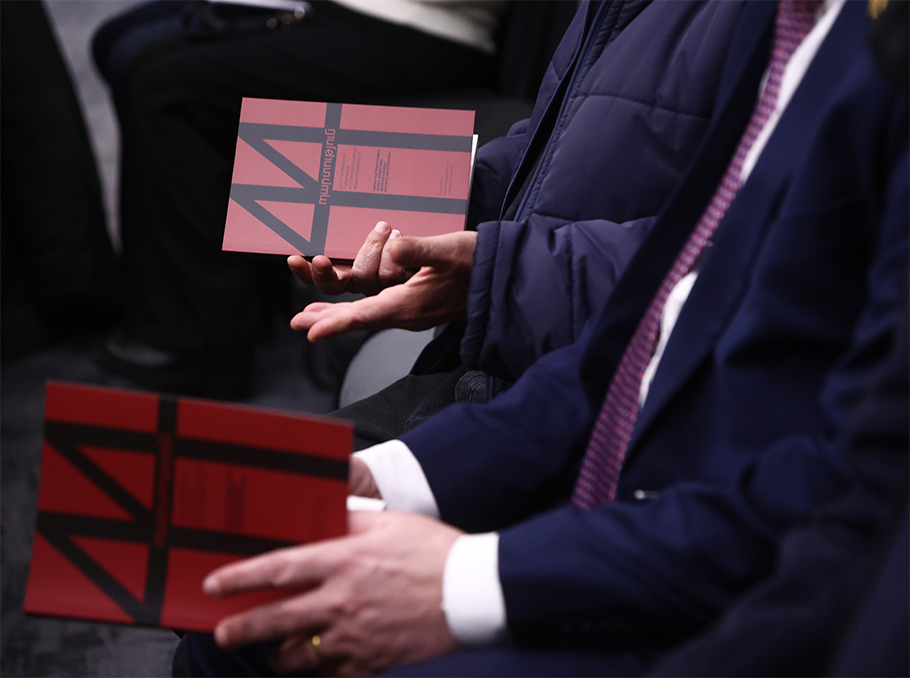
Photo: Mediamax
“This defeat is a huge crisis,” says the co-author of the book, Vicken Cheterian.
“We cannot talk about the war if we do not know what happened during the war. We cannot analyze it if we do not know that Wednesday comes later than Tuesday. This is the situation we are in. Today we still do not know what has happened during the first Artsakh war, because we have not done the work, we have not written the military history of that war. For example, we have not studied how the Armenian side captured Shushi during the first war, and if we do not have this foundation, we cannot build the rest.”
“44. Defeat” was written in 8-9 months:
“This is a very modest work, but I think it is an important first step in getting an analysis based on facts and ask new questions about these facts, conduct research.”
 Vicken Cheterian
Vicken CheterianPhoto: Mediamax
“Perhaps, today we need more answers than questions,” said Karen Harutyunyan, noting that the book includes 80 questions divided into 7 groups.
“Why did Armenia suffer such a heavy defeat in the 2020 Artsakh war, after which the subsequent internal, regional and geopolitical developments ultimately led to the blockade, loss and ethnic cleansing of Artsakh. To get the answer to this big question and explain the catastrophic failures of the Armenian side, many questions need to be answered: internal political and geopolitical, economic, military, social, structural, etc.,” he wrote in the book.
Karen Harutyunyan noted that in the case of the first Artsakh war, a retrospective analysis was not conducted.
 Karen Harutyunyan
Karen HarutyunyanPhoto: Mediamax
“It seems that our successes have kept us from delving into reality. At the same time, I don’t want to suggest that this book provides a definite answer to the disaster that happened in 2020. Of course, I have my own very clear approach and opinion on this. Two components of the war should be distinguished: military and political. This war was, first of all, a political defeat. In this book, we analyze the military component in detail, but first of all, we are dealing with a diplomatic, political failure. It gained momentum after 2018, thanks to the populism and incompetence of the authorities and their inability to correctly assess the reality.”
Ashot Voskanyan believes that if the 2020 Artsakh war was discussed and comprehended to some extent on an emotional or artistic level, then on the socio-political level this was not done at all.
“We named the book “Defeat” so that the very fact of defeat would be realized. We all live in its shadow and cannot change until we realize what happened,” said Ashot Voskanyan.
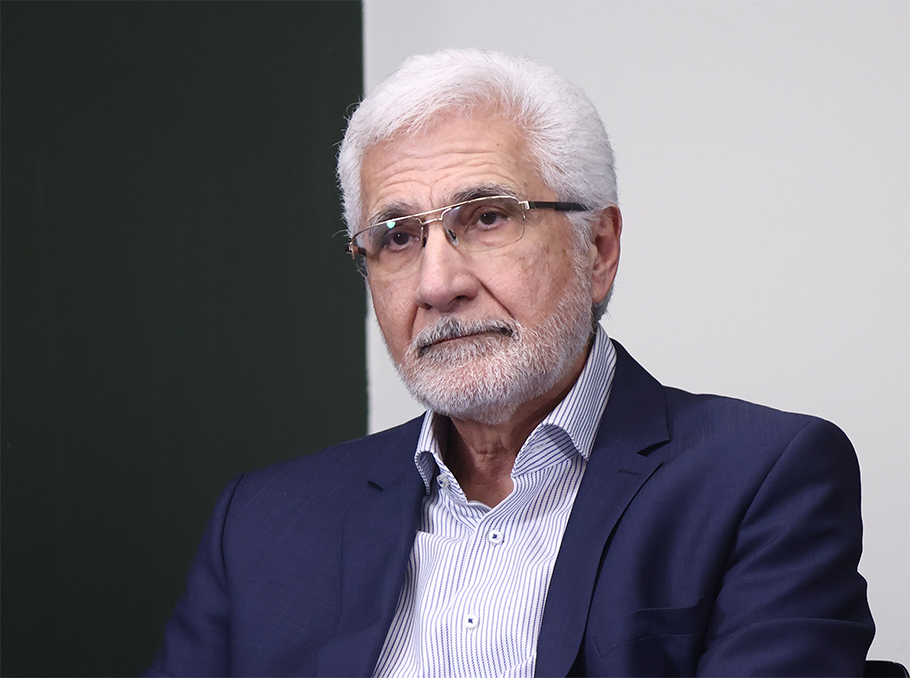 Ashot Voskanyan
Ashot VoskanyanPhoto: Mediamax
According to him, the authors set the task of getting out of political discourses, when different groups blame each other without discussing what has happened.
“It is vital that the book contributes to a meaningful discussion. Vicken Cheterian’s research was of enormous importance to us, because he spoke to people. The book includes all those who did not refuse to speak. There are the former presidents, the current prime minister. In other words, we tried to cover the entire spectrum. Each of these people can be subjective, but when all these subjectivities are combined with each other, we get a certain general picture.”
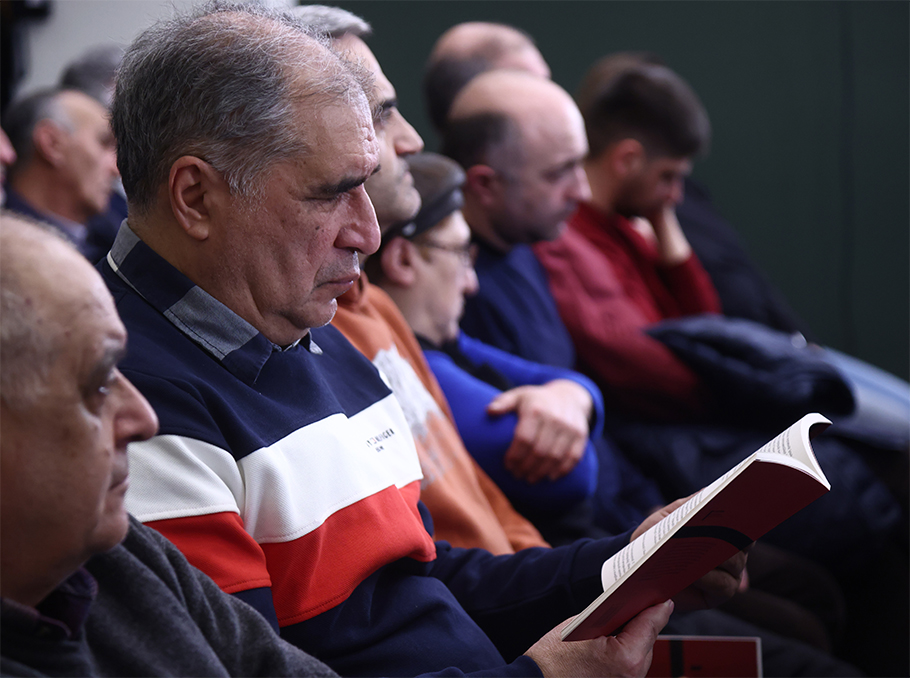
Photo: Mediamax
The author of the war map, Hayk Hovhannisyan, noted that even more than 4 years later, it is very difficult to find accurate information about its course of the war.
“There is a real lack of factual data. You are forced to find information piece by piece, double-check it, discover that some of it is false because the war goes on in conditions of disinformation on both sides.”
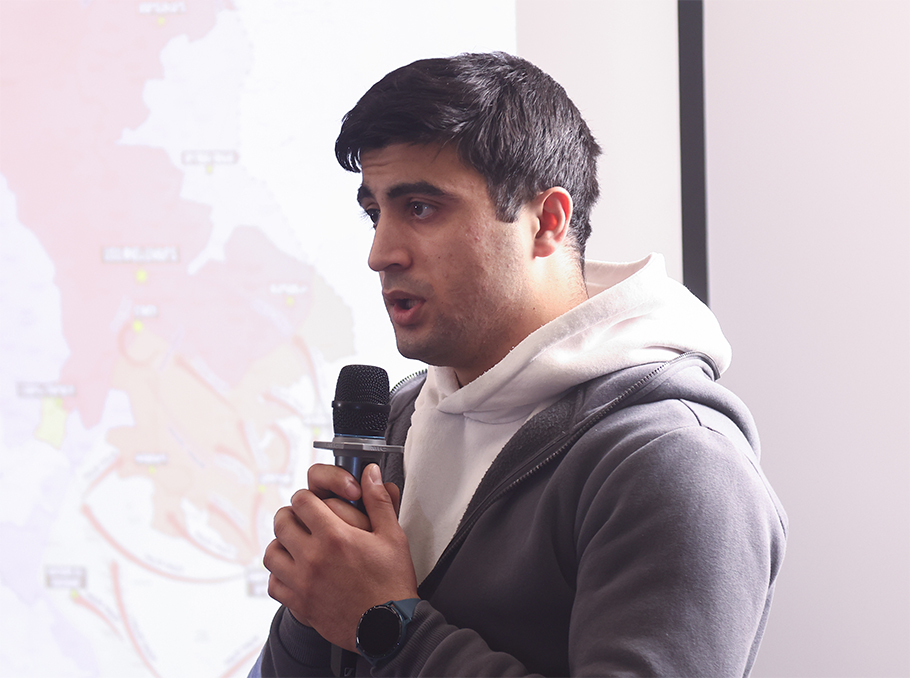 Hayk Hovhannisyan
Hayk HovhannisyanPhoto: Mediamax
Hayk Hovhannisyan asked readers to consider the map as part of the book, which merely gives an idea of the zone of hostilities.
“You constantly come across names of territories in the book, and many still do not understand where these places are. I hope that the map can serve as a basis for more serious and in-depth research in the future.”
Yana Shakhramanyan
Photos by Emin Aristakesyan








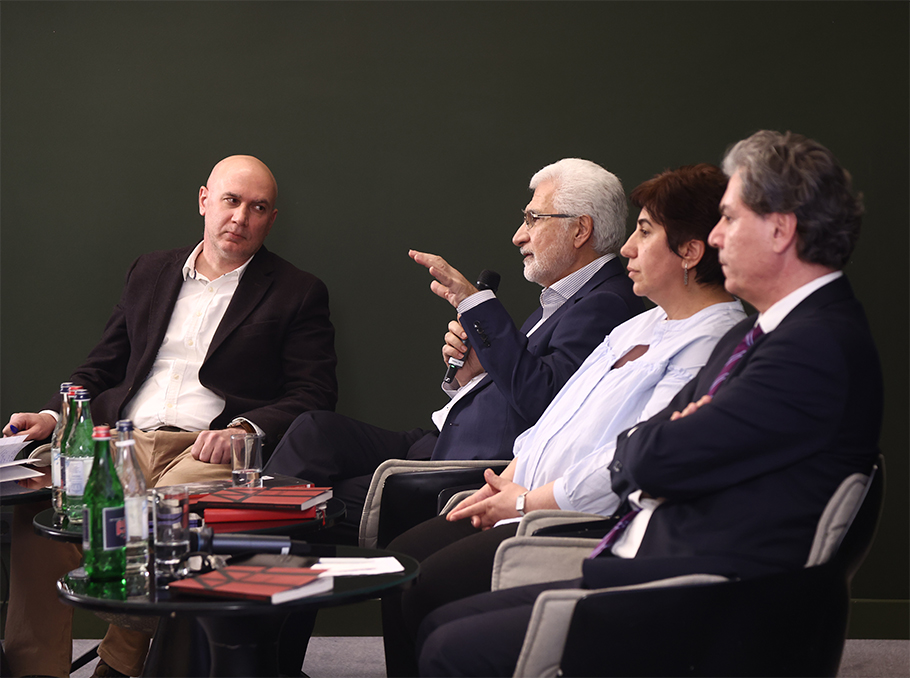
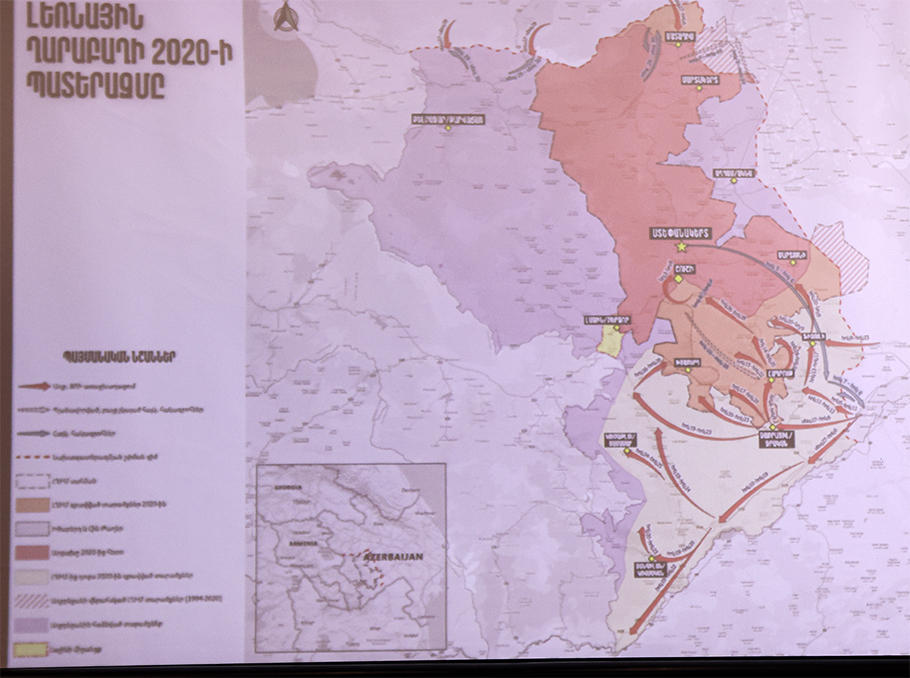
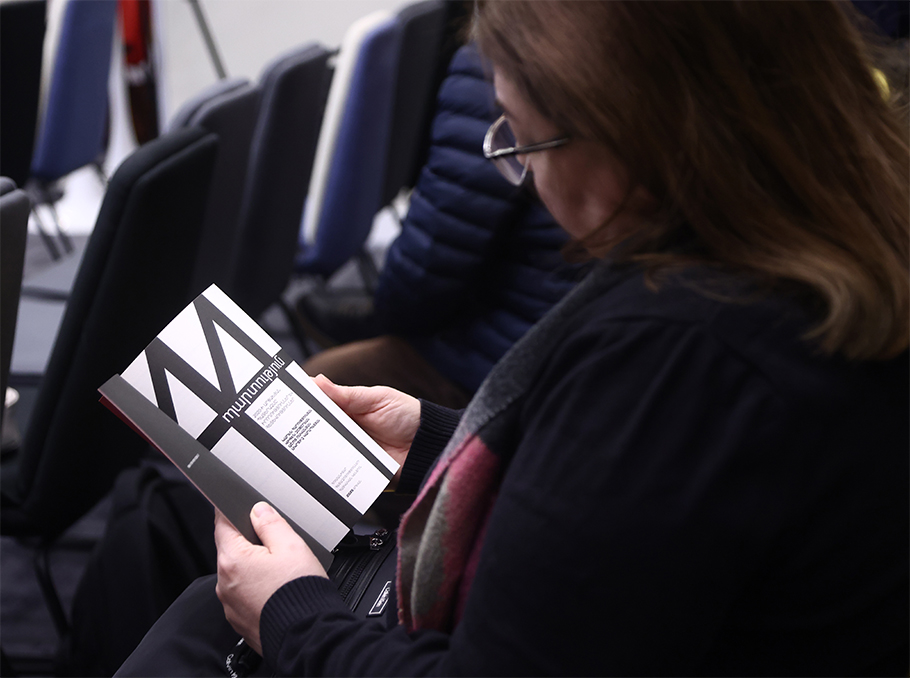
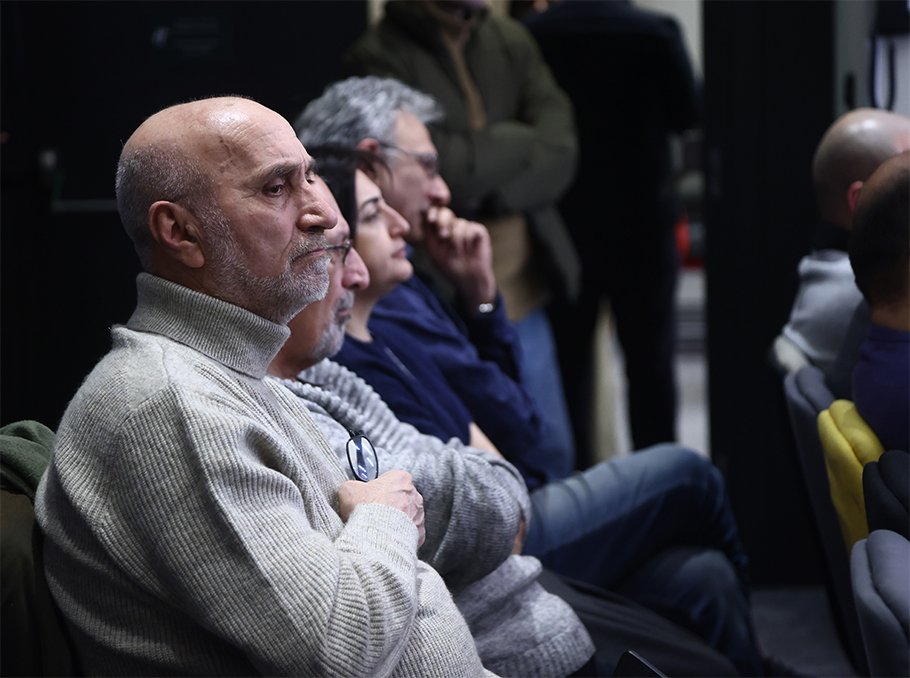







Comments
Dear visitors, You can place your opinion on the material using your Facebook account. Please, be polite and follow our simple rules: you are not allowed to make off - topic comments, place advertisements, use abusive and filthy language. The editorial staff reserves the right to moderate and delete comments in case of breach of the rules.